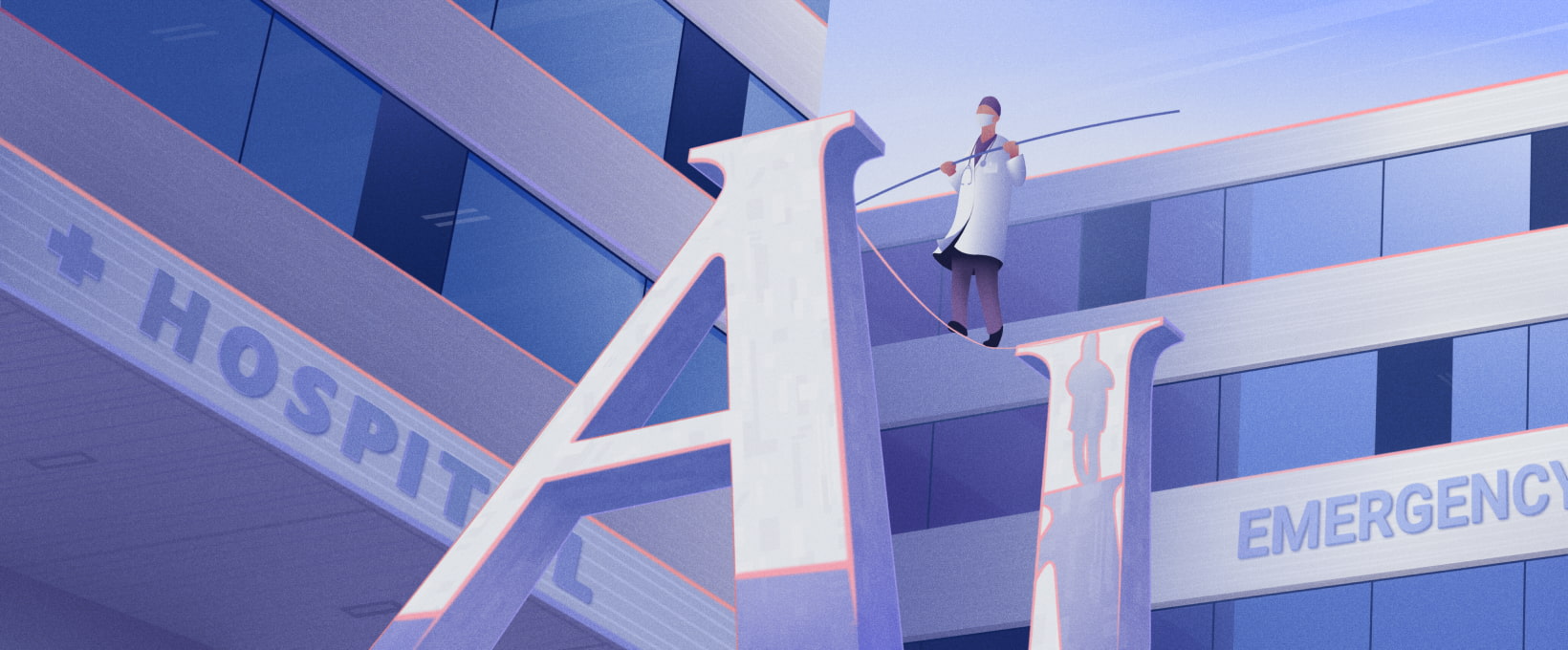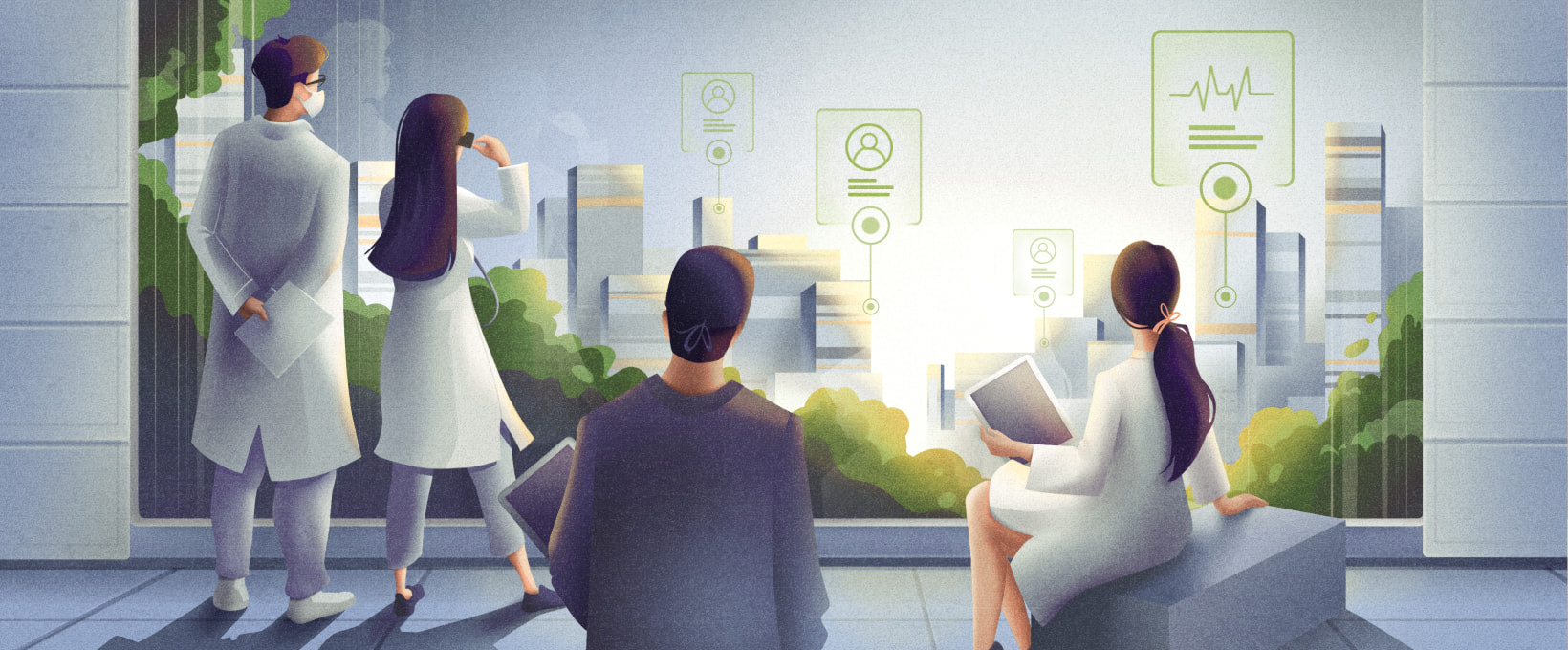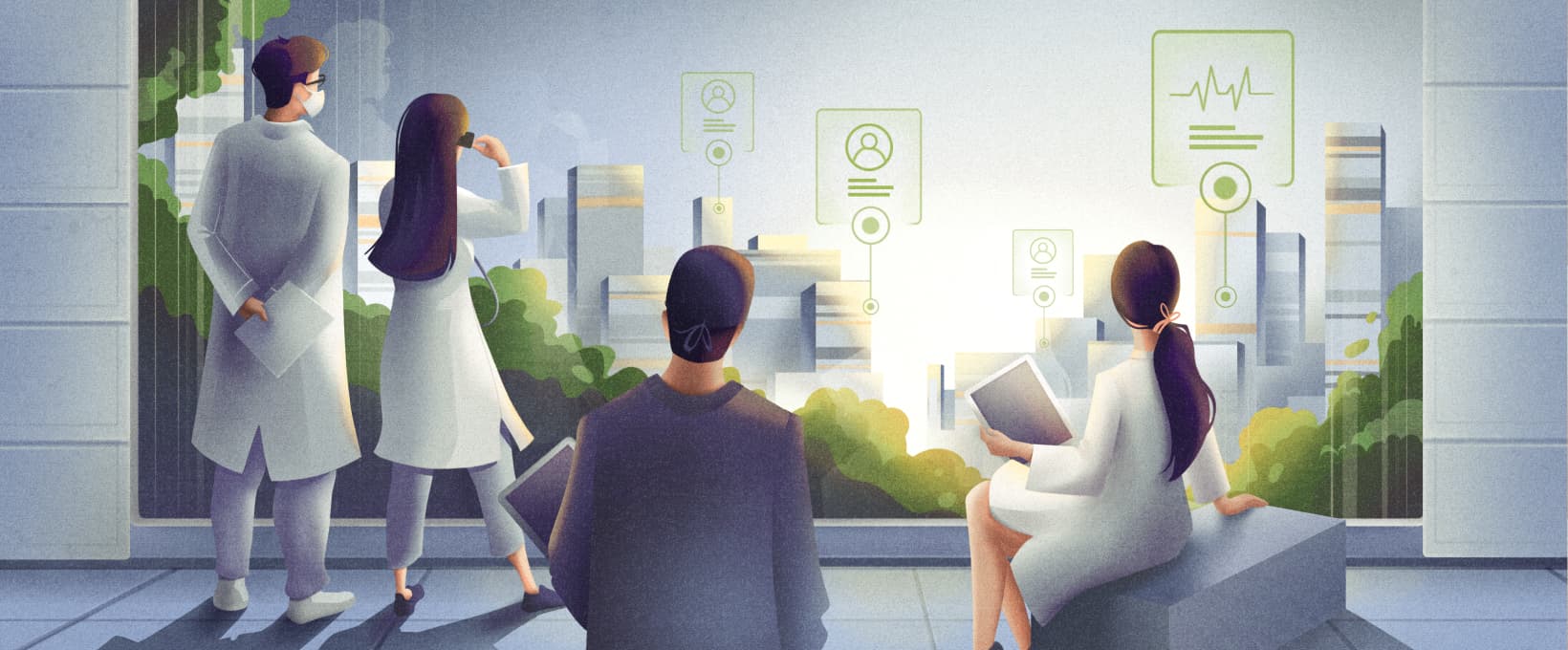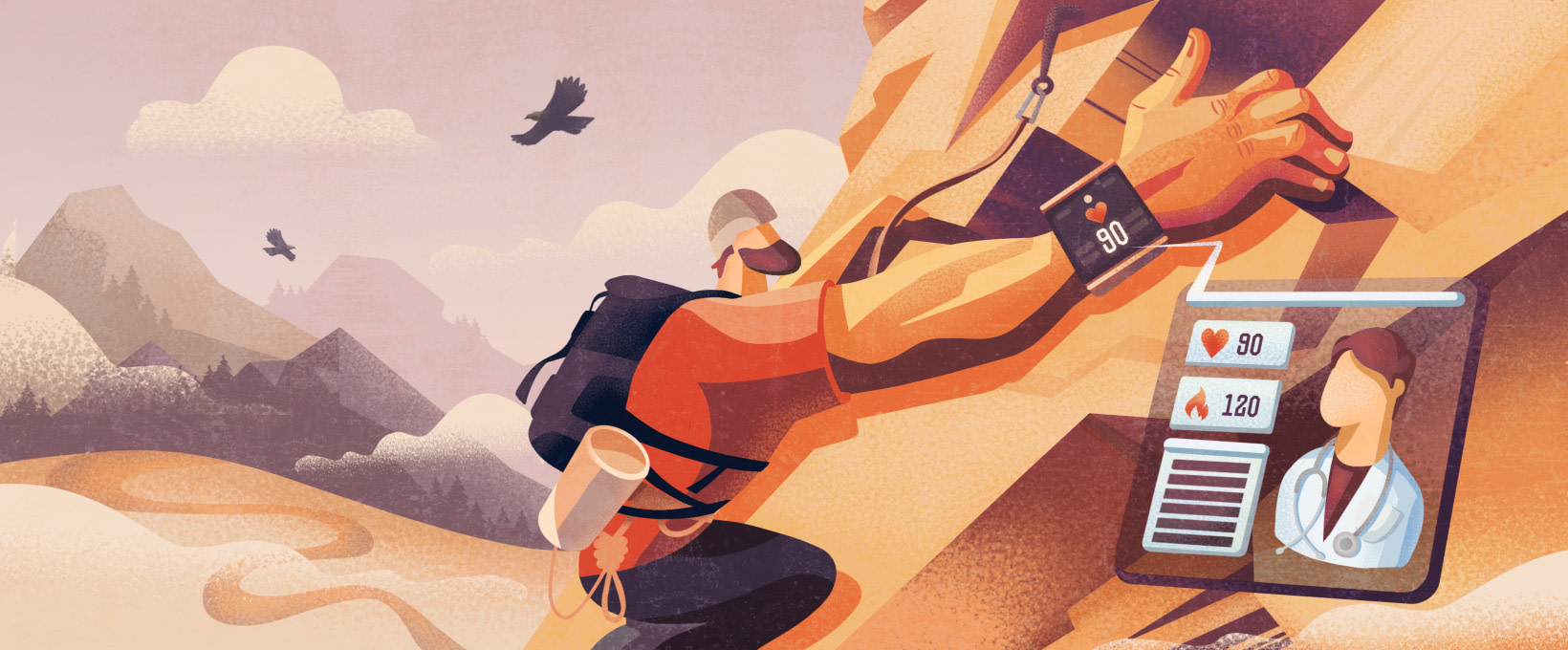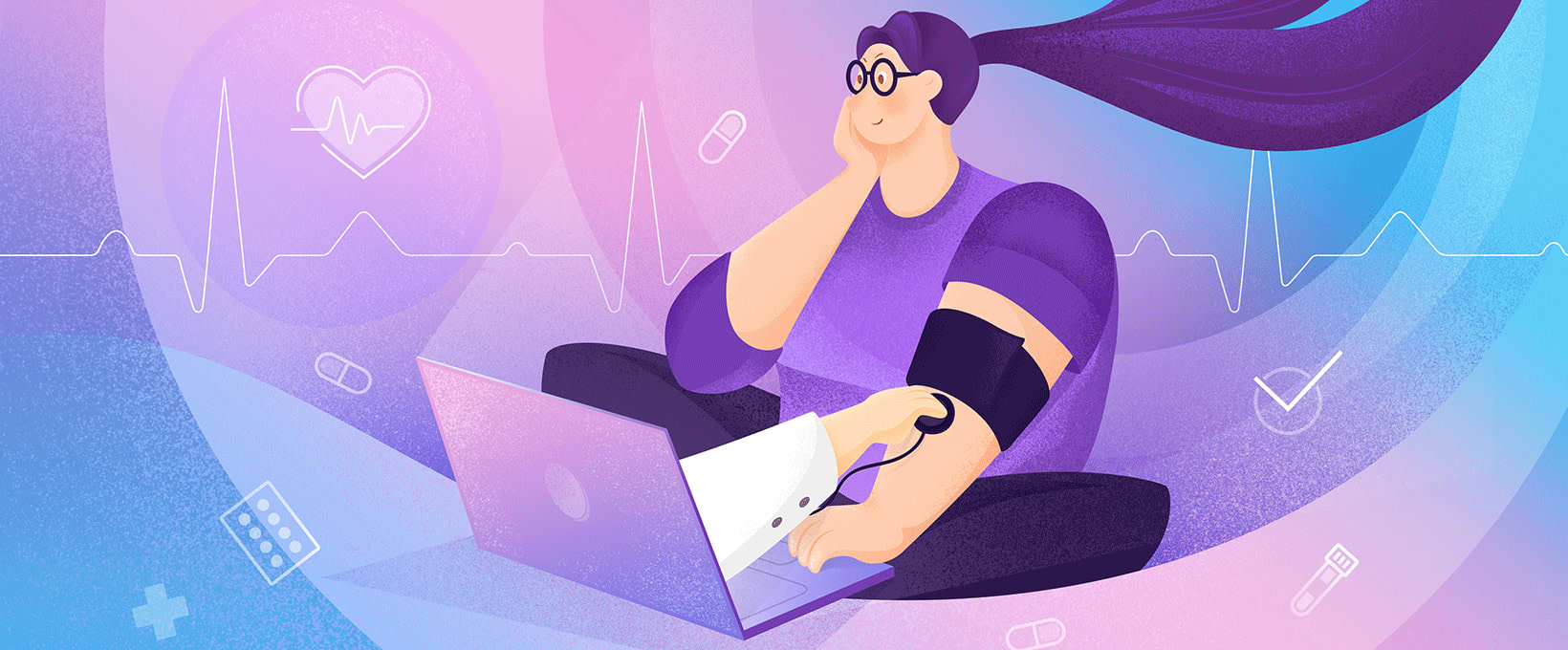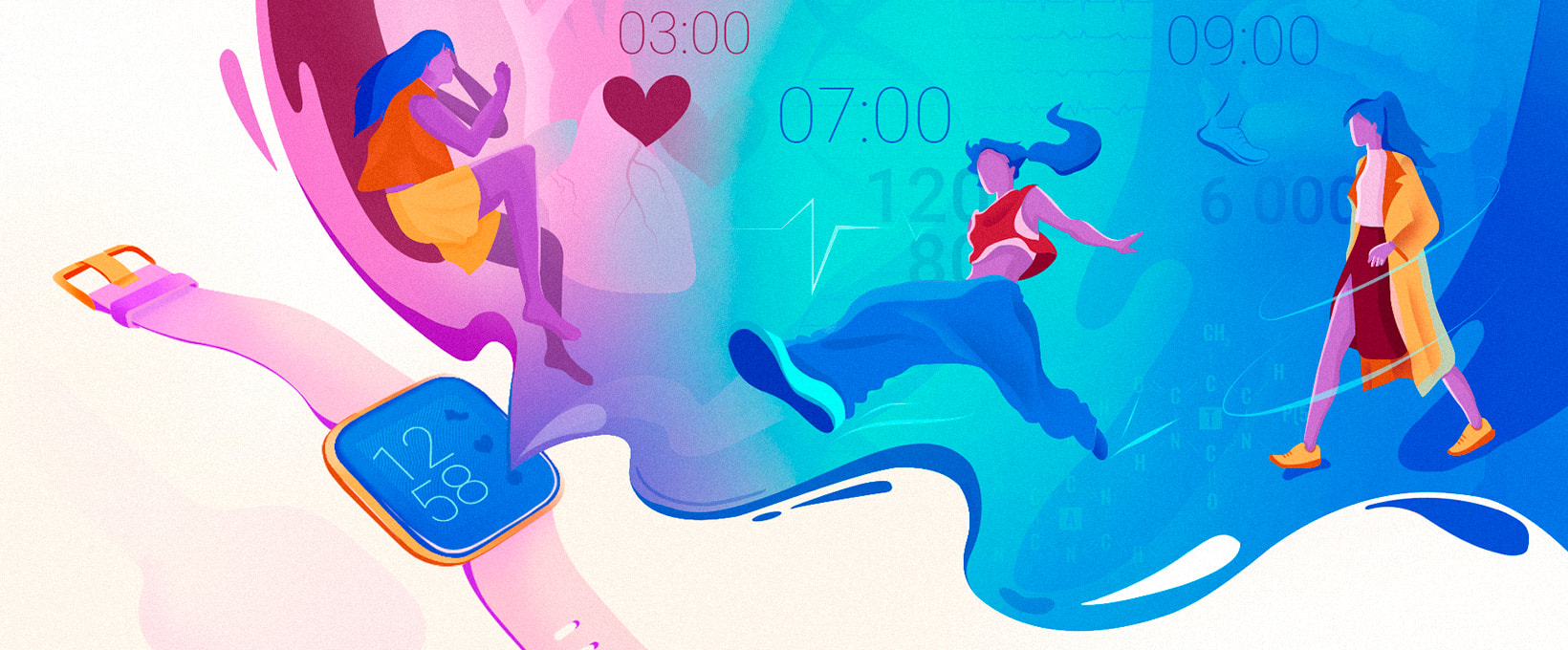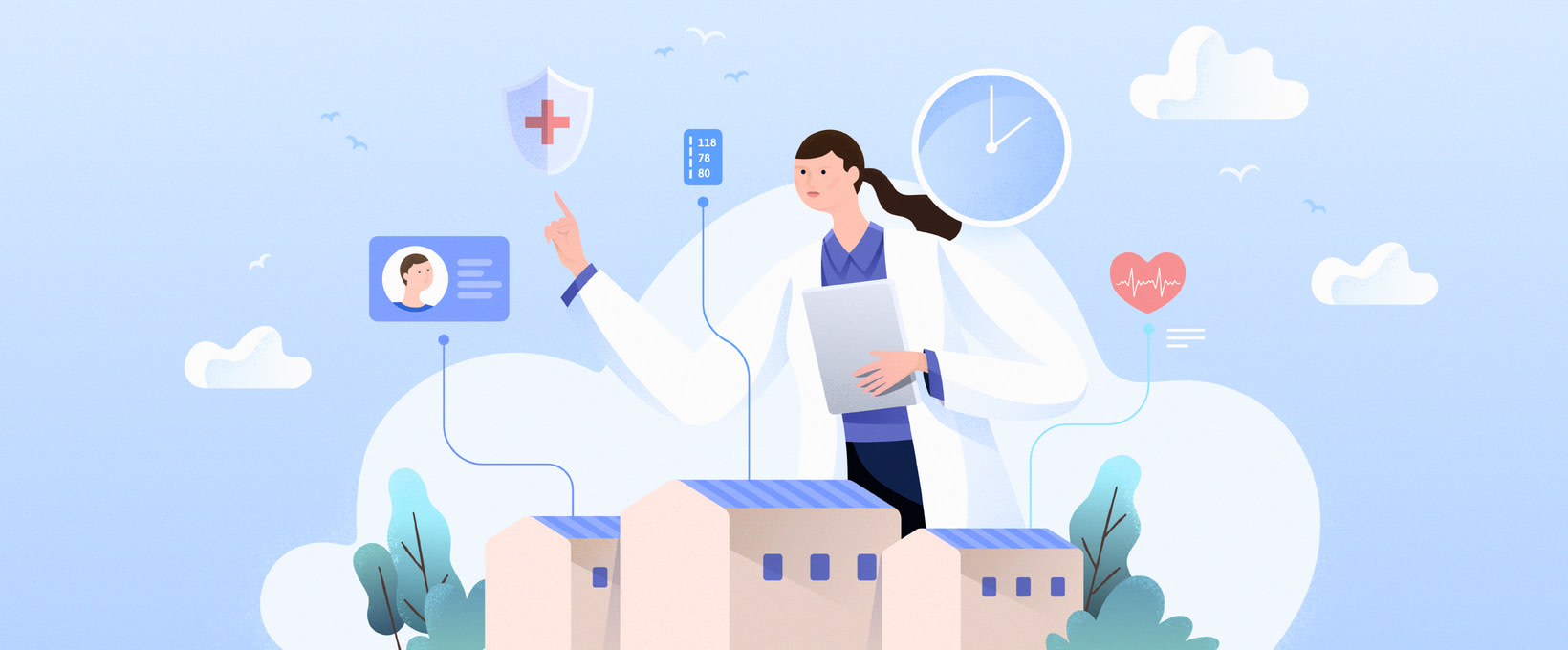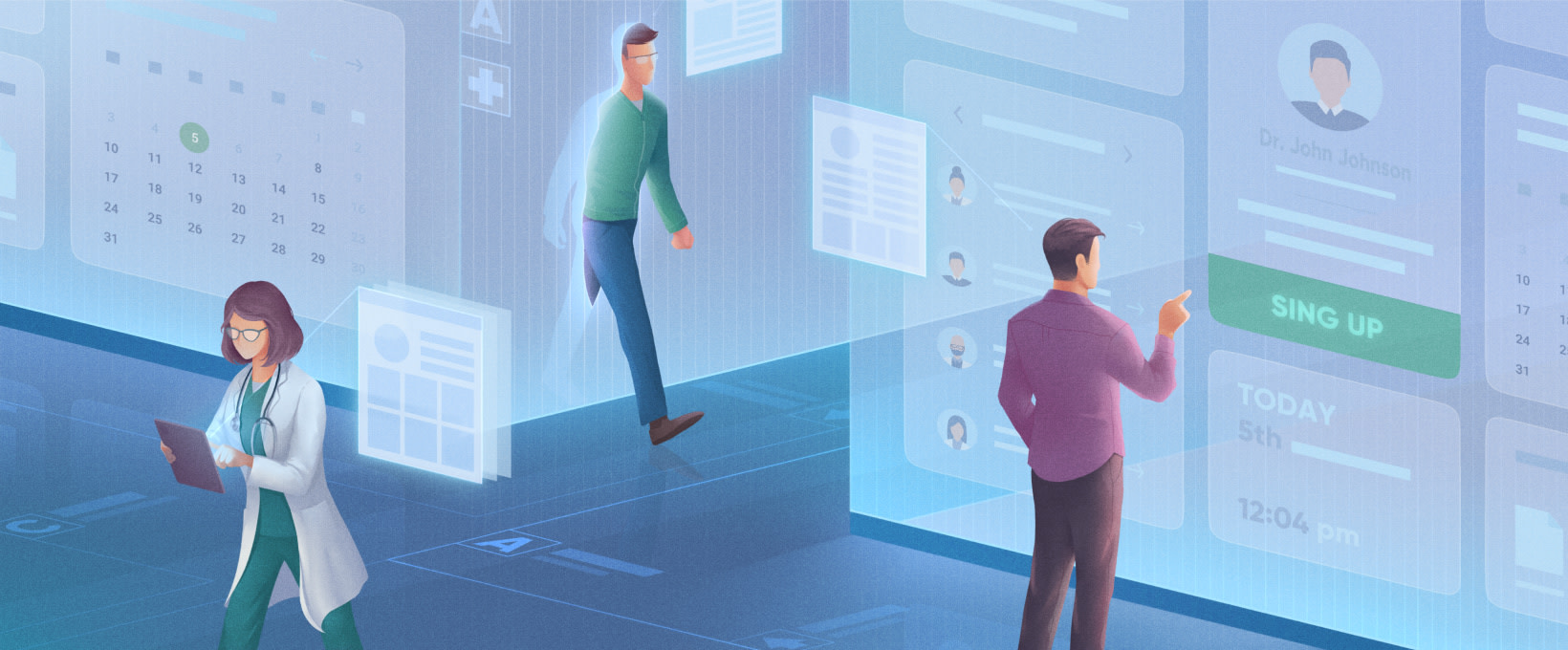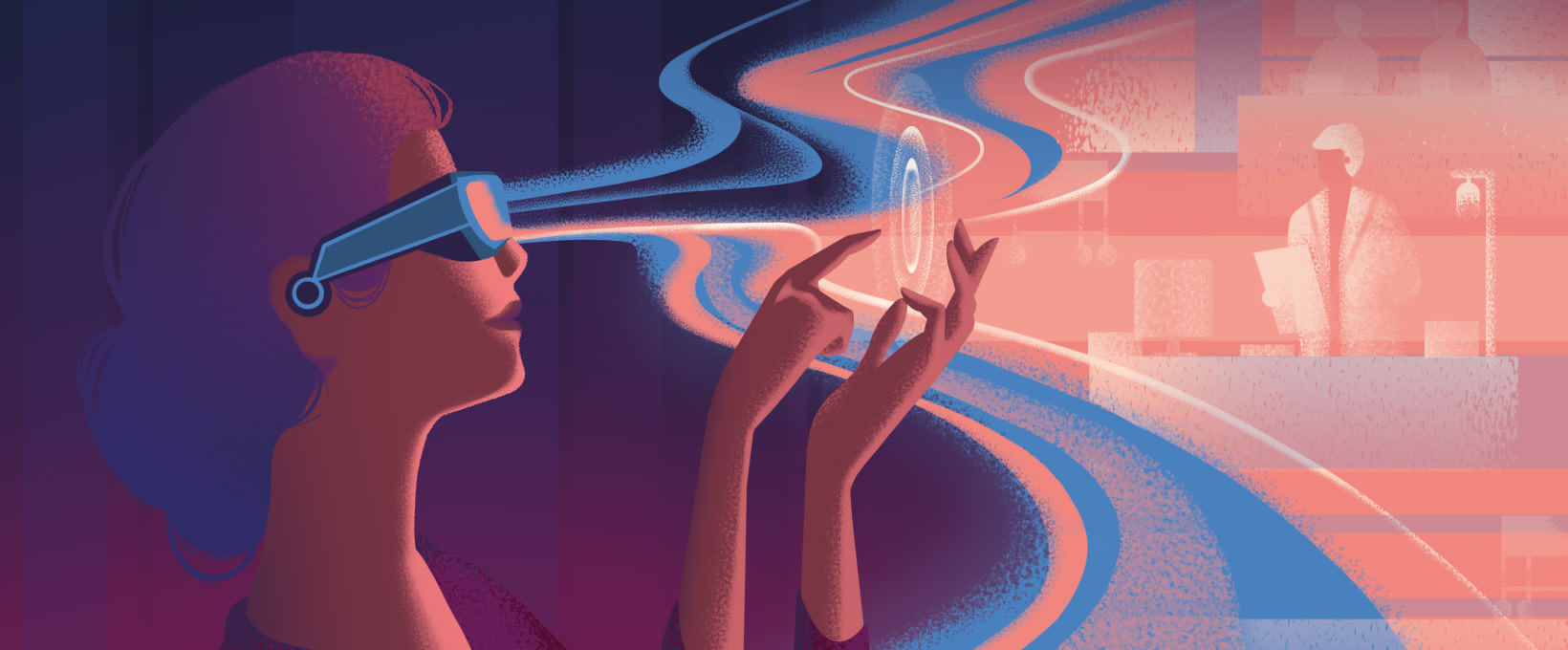We spoke with Sergey Shayakhmetov, founder and CEO of PilloVR — a startup helping pediatric clinics and their patients reduce anxiety.
Andersen: Please tell our readers about the project.
Sergey: My family owns several pediatric clinics in Dubai, the UAE, and Eastern Europe. I’m in charge of IT, and I sometimes think about how to solve pediatric problems with the help of IT tools. One of the biggest problems in pediatrics — and everyone who remembers being a kid or has kids will understand this — is that you have a customer who doesn’t like you. Some even hate you. No child wants to go to the doctor — ever. The problem is even worse if you need to do a medical test, like a blood draw or vaccination, or even an ultrasound. It’s not painful, but it’s still scary for many.
It becomes an even bigger challenge when a child is on the autism spectrum or has a mental disorder — it’s tough for parents, caregivers, and everyone involved. Sometimes they won’t even let you examine them, or they refuse to enter the doctor’s office at all.
So, I did some desk research, looking for scientific information on how to manage children’s anxiety and stress. I found that VR could help. I ordered some VR headsets from Amazon, brought them to our clinics, and tested them. We quickly saw that kids loved it, parents loved it. Fantastic. But the nurses weren’t so happy — for them, it meant extra work.
Also, most VR solutions are quite complicated — like a computer that needs additional software installation, content adjustments for age, and so on. Often, the content is supposedly for children but doesn’t really suit them. For example, swimming with whales is very relaxing for adults, but boring for kids.
So, together with our investors, who also invest in our clinics, we decided to create our own app, specifically for pediatric clinics and medical procedures, while minimizing extra work for nurses. Healthcare professionals are already overloaded and understaffed — we should make their lives easier, not harder.
We created a very simple tool that works straight out of the box — you just take it out and put it on the child. The kids instantly find themselves in a huge cinema, with their favorite cartoon characters sitting in the next row, and on the big screen we play good cartoons.
Later, we partnered with an animation studio, and it went so well that we decided to sell worldwide. We started in the U.S., partnering with major hospitals such as Sutter Health and Mount General Hospital — big players in the American healthcare system. We’ve also had requests from companies in the UAE and Saudi Arabia. For some reason, Arab countries are especially fond of children and open to innovations. Sales started well, and now we’re discussing another investment round to scale globally.
Andersen: When you said that you own several clinics, that puts you in a very favorable position — you’re your own customer. You know exactly how patients feel, how nurses feel, and that no medical staff want to make procedures take even five seconds longer, as that slows patient flow. However, you’ve already partnered with over 100 clinics.
Sergey: It depends on the clinic. For example, in government clinics with long queues and strict schedules, you probably don’t need this kind of device. But in high-priced or boutique clinics, where there’s time for longer conversations and more attentive care, it makes sense. For them, it can even make the process a bit faster — there’s no need to negotiate with kids or parents for non-invasive procedures, so you save time. In a conveyor-style clinic, unfortunately VR may not be an option.
Andersen: Now you’re in the U.S., EU, and the Middle East. Culturally, these places are quite different. Do you see differences in adoption speed?
Sergey: Arabic countries are more open than the U.S. and much more so than Europe. From my experience, European countries are the most closed and most afraid of any innovation. It’s pretty hard to sell there.
Andersen: Have any insurers or public payers started reimbursing for the service?
Sergey: No. It’s not a medical device — just a tool to distract kids, so insurance companies won’t pay extra for it. But the good news is they don’t need to. Our price is very affordable in Arabic countries. It's about $70–80 per month per device. In the U.S., it’s a bit more, but clinics can earn that back in seconds. There’s no need for price negotiations, reimbursement paperwork, or anything like buying a CT scanner.
Also, to be clear — we are not expensive. In the U.S., we started at $200 per device per month, which any clinic can afford. The model is service-based, not device-based — clinics don’t need to install, repair, or manage content. We provide the device and service via subscription.
Andersen: It’s not registered as a medical device, which makes sense, but do you have plans to expand functionality and go through a regulatory process?
Sergey: No, not really. It’s similar to a mother giving a child a tablet during a shot — just more immersive. The child can’t see the medical environment at all. Our idea is to keep it very affordable, easy to use, and expandable, like any toy a clinic might have.
Andersen: When I did due diligence on the technology, I was surprised by how many studies, including RCTs and meta-analyses already exist on similar technologies and their effectiveness in reducing anxiety. Nowadays, it’s rare for wearables with a medical purpose to have such a strong evidence base. I even checked the trial quality, because I couldn’t believe there was so much data. Do you track any endpoints in day-to-day use, like pain scores or procedure time?
Sergey: We mostly track customer satisfaction informally, from our clinics and partner hospitals. Feedback has been very positive, and most recommend us to colleagues.
Andersen: You claim to store zero patient data and don’t track clinical endpoints like cortisol levels. How do you balance that with the urge to collect outcomes for research and investors? Sergey: Feedback from clinics, parents, and kids is enough. There’s already a lot of research out there, so it’s just common sense for us to provide the tool.




